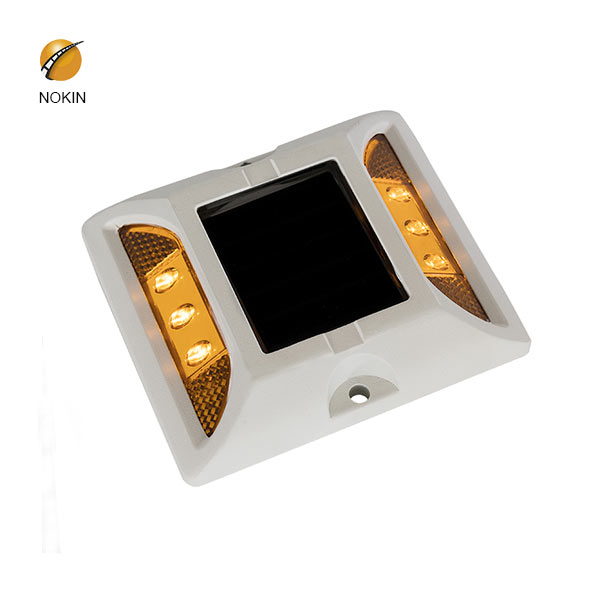
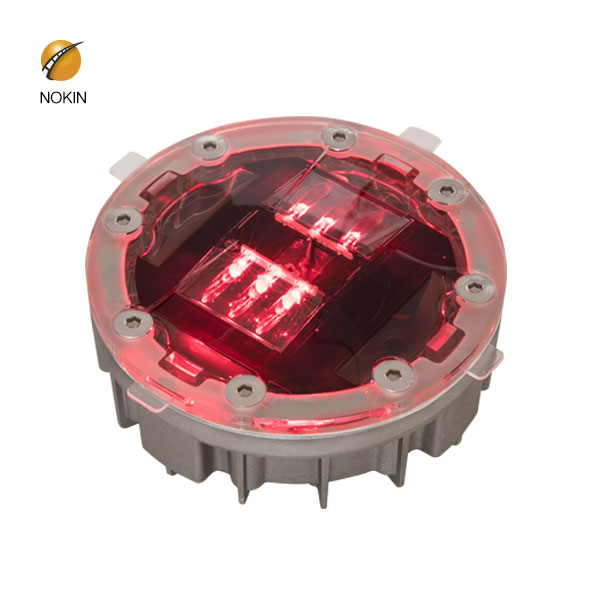
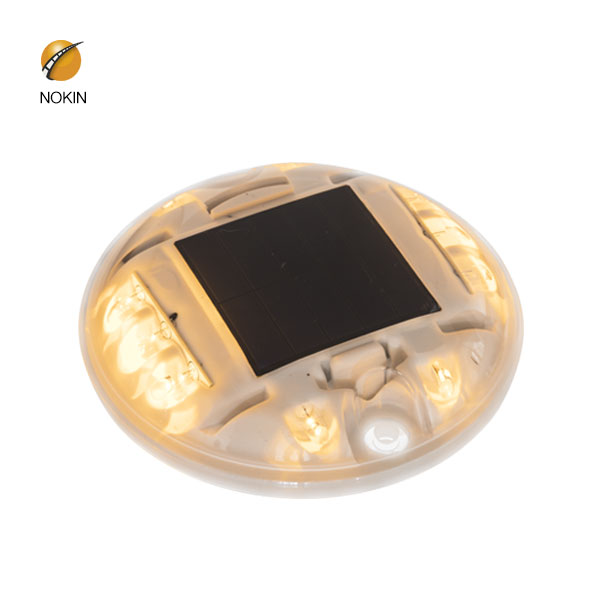
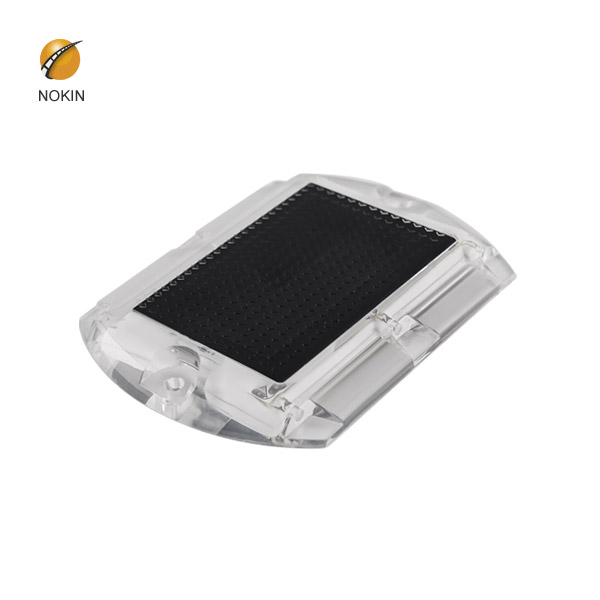
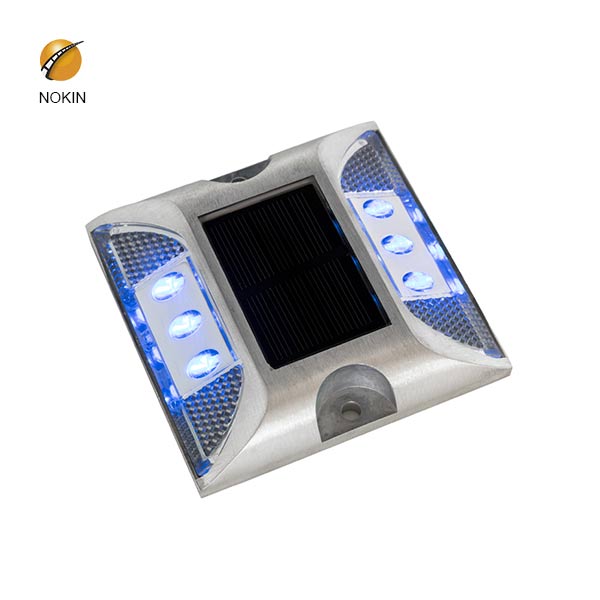
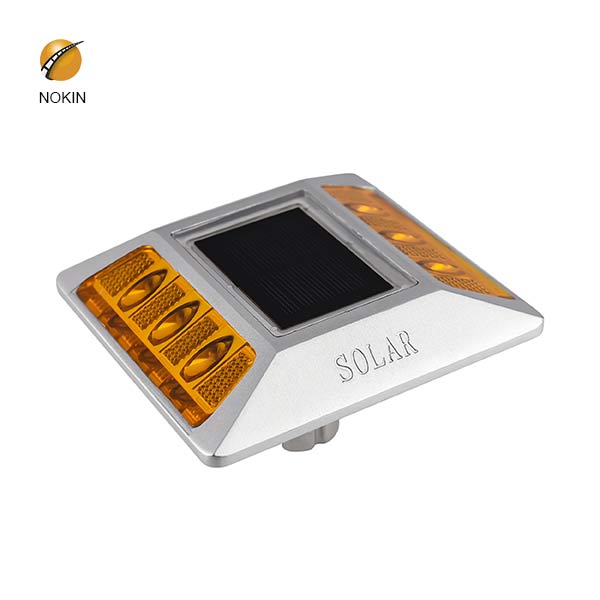
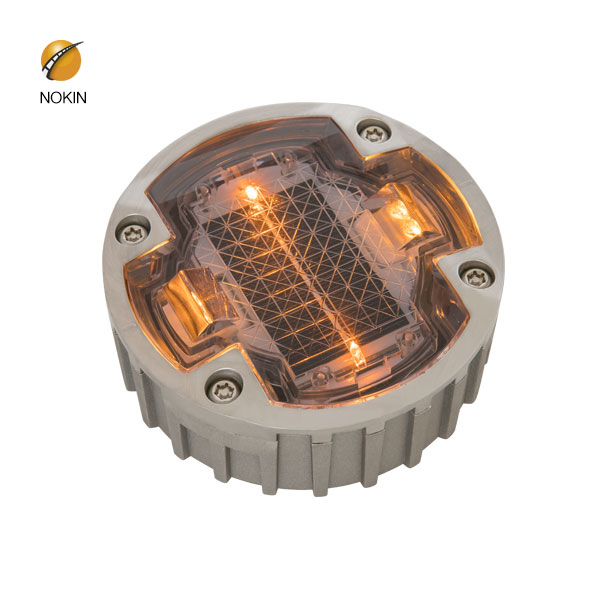
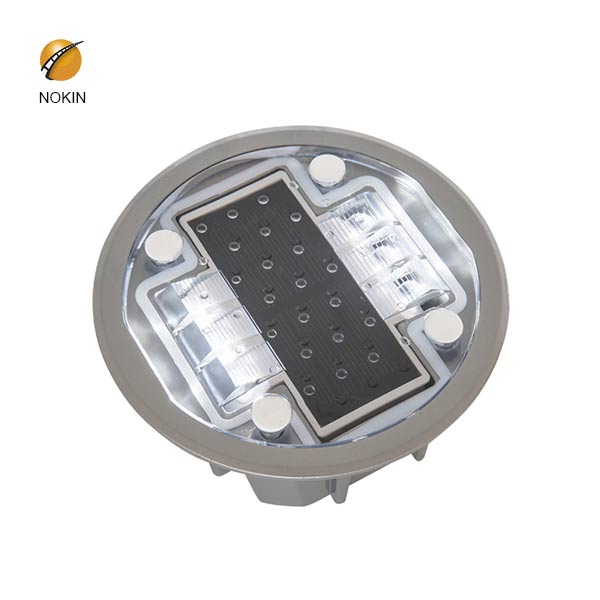
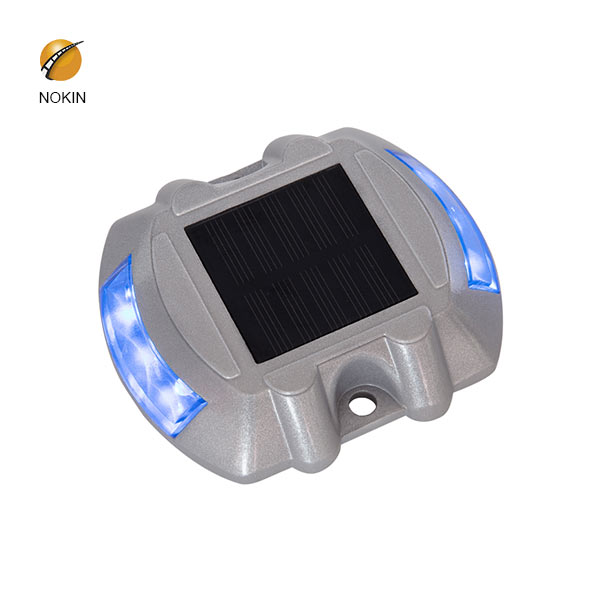

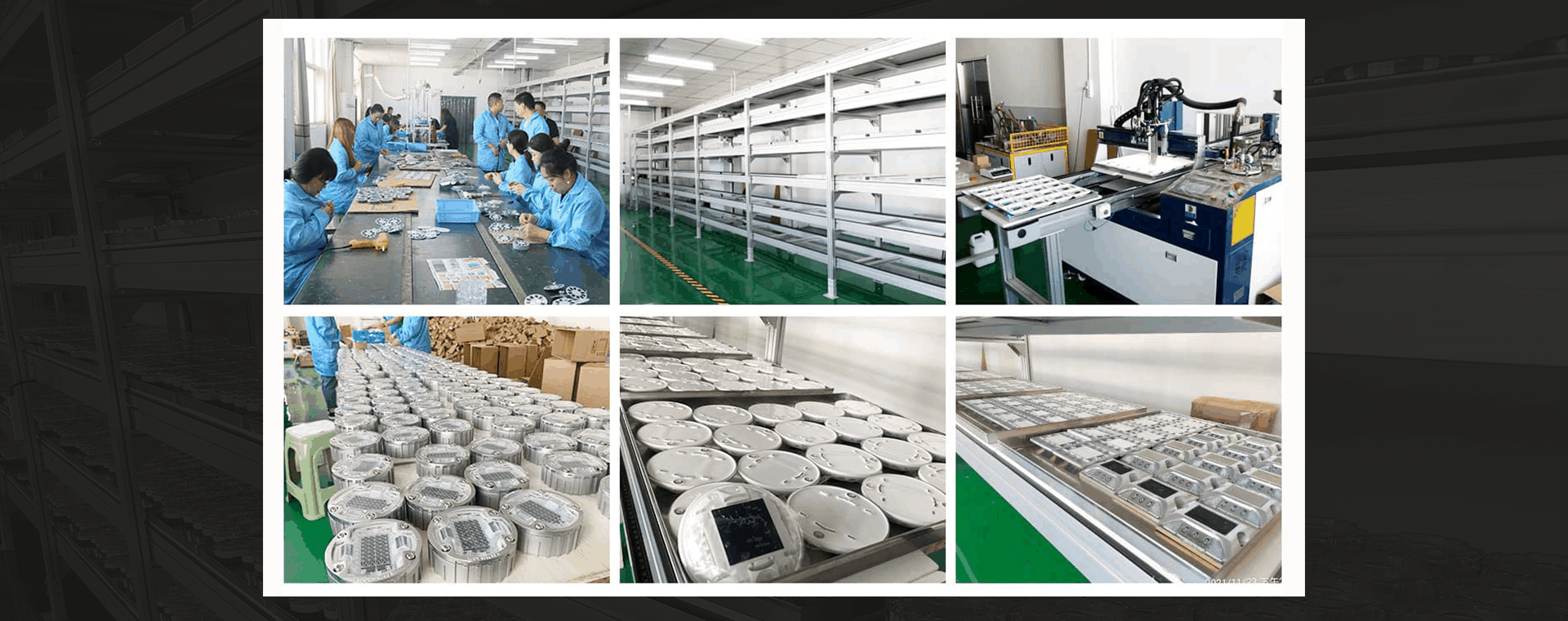

.jpg)
Solar can be installed with zero upfront capital cost through leasing. Solar can be installed on marginal agriculture lands and provide a different source of revenue for the farm. This different revenue stream can offset operating expenses of the farm and provide economic resiliency in poor growing years.
.jpg)
The Solar Farmhouse is what can be called an “elaborated saltbox”. This is the house we built for ourself. It consists of a basic main floor shape 24’ x 36’ long containing the primary living spaces. The upper floor sits on top of the south half of the main floor and is 12’ x 36’. half of the main floor and is 12’ x 36’.
.jpg)
13.2.2 Further cost analysis of selected solar farm option 42 13.3 Effect of size 43 13.4 Other locations 44 13.5 Other renewable energy projects in the ACT 44 14. Conclusions and recommendations 14.1 Conclusions 46 14.2 Recommendations 48 Solar Power
.jpg)
This increase in the number of PV units leads to an increased focus by utilities and other solar generating firms on achieving the highest level of performance and reliability from the solar asset. In addition to the typical focus of thinking about up -front costs of a solar plant, determining a plan and budget for operations and maintenance (O & M) is essential in assessing the business case
.jpg)
Solar windows cost an estimated 40 percent more than traditional windows. Traditional solar panels are more efficient and cost effective than solar windows. Therefore building owners who have the space for solar panels may not be interested in solar windows.
.jpg)
This LED solar powered string light comes with a panel, solar rechargeable battery and a string of lights that you can use to line your patio, porch or outdoor furniture. You can stake the panel into the ground or mount it on a wall, whichever works best for you.
.jpg)
The cost of a mounting system varies based on the number of modules and type of mount. The average cost is between $250 and $1,000 for a fixed array and $2,000 and up for a solar tracker. Another cost-estimating factor for mounting racks is $0.50 to $1.00
.jpg)
A Complete Overview of Bifacial Solar Panels: What You Should Know With theShenzhen Nokin Traffic Facilities Co. natural resources present on earth, we have now discovered many ways to produce electricity without burning out these resources.From HEP dams to windmills, there are many alternative methods or renewable sources available for power production today.
.jpg)
Solar glass windows are double glazed, high strength, durable and transparent. They are available in dozens of colours and styles and have similar properties to traditional double glazed windows. For every 10 square meters of glass, your building can produce approximately 1 KW of power.
.jpg)
Using a solar farm is a cheaper option for people since they don’t have to pay for the cost of installation of the panels, and the regular cost of maintenance for the panel, they just have to pay the annual fee to the solar farm company and enjoy electricity throughout
.jpg)
Onyx Solar is the world’s leading manufacturer of transparent photovoltaic (PV) glass for buildings. OVER 250 PROJECTS AROUND THE WORld are proof of our experience Our photovoltaic glass has already been installed in a wide variety of buildings in more than 250 projects across the planet, ranging from government buildings to railway stations and bus stops.
.jpg)
The standard solar panel has an input rate of around 1000 Watts per square meter, and the majority of solar panels available have around 15-20%. Therefore, if your solar panel was 1 square meter in size , then it would likely only produce around 150-200W in good sunlight.
.jpg)
2010 assuming a cost of capital of 10% was between USD 0.06 to USD 0.14/kWh. The higher capital costs oˆshore are somewhat oˆset by the higher capacity factors achieved, resulting in the LCOE of an oˆshore wind farm being between USD 0.13 and USD 0 4.
.jpg)
SolarWindow products are created by applying ultra-thin layers of our LiquidElectricity coatings on to glass and flexible plastics to form small solar cells. When grouped, these cells are called “strings” or “arrays”, and their arrangement in our final product is generically referred to as an “organic photovoltaic” (OPV) solar array.